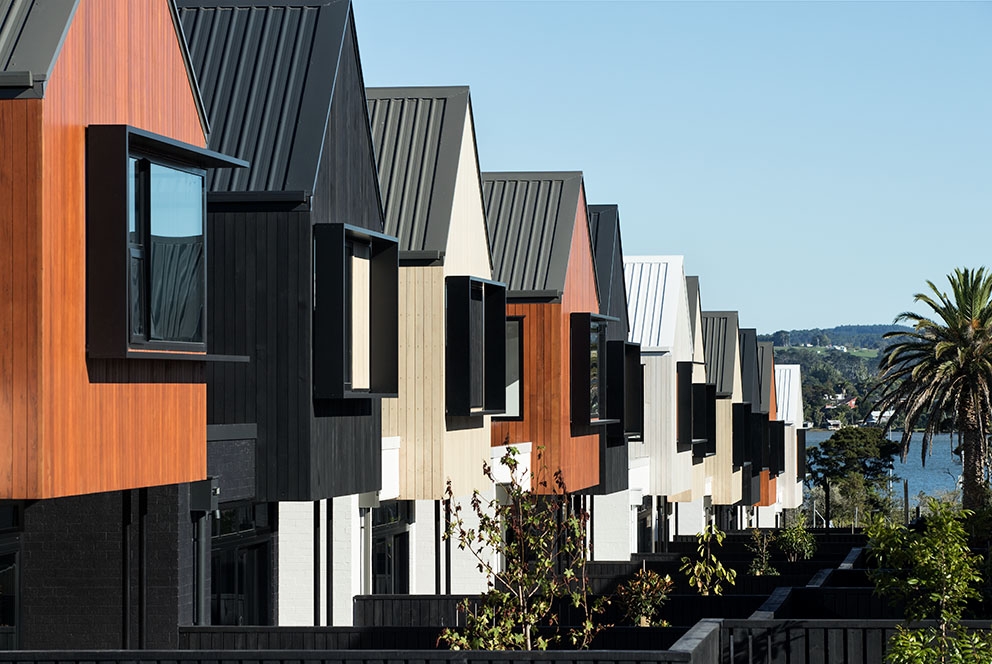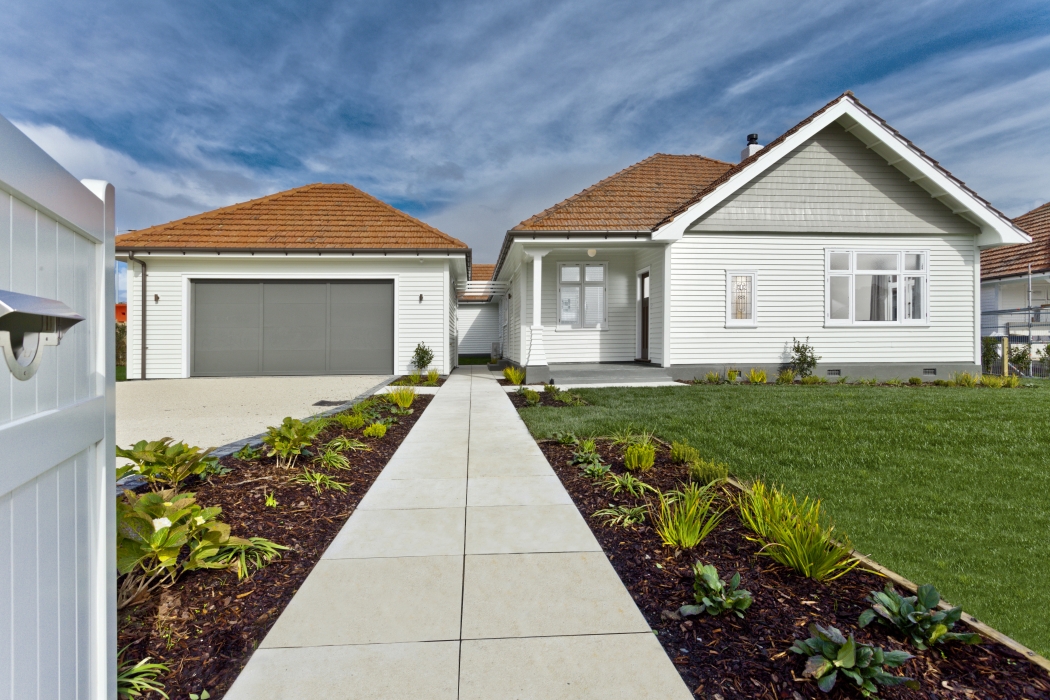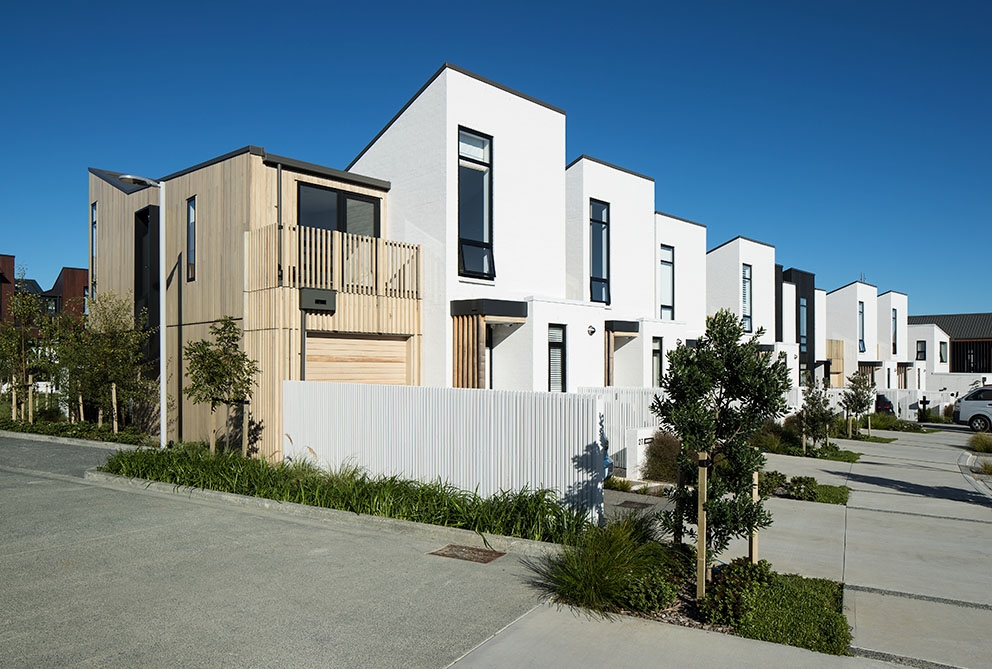Sunderland at Hobsonville
Sunderland at Hobsonville
Project
Accommodation / Residential
Location
Hobsonville Point
Client
Willis Bond & Co
Value
$100 Million
Period
3 years (for ‘Sunderland A’)
Consultants
Architect / Studio Pacific Architecture
Heritage Architect / Salmond Reed
Civil & Structural / Calibre
Named for a WWII-era class of flying boat that operated out of Hobsonville until the late 1960s, the Sunderland precinct at the former RNZAF base is billed as the “jewel in the crown” of the wider redevelopment of Hobsonville Point. In keeping with that emphasis on quality, developers Willis Bond & Co engaged Haydn & Rollett as the contractors, with construction of the first of seven planned stages commencing in 2015.
For Haydn & Rollett, which began life building houses in post-war Auckland, the Sunderland represents both a return to its roots, and stimulating new territory. The development will eventually total 210 dwellings, mostly a mix of stand-alone and terraced houses, plus some apartments. But it also involves the refurbishment and extension of 10 former airbase homes that date back to the 1930s.
While Studio Pacific Architects designed all of Sunderland’s contemporary houses, heritage specialists Salmond Reed worked with Haydn & Rollett on the renovation project. It wasn’t without its tests for the Haydn & Rollett team, who had limited experience of heritage work.
As the restoration got underway, the anticipated challenges of renovating heritage buildings were worked through.
Nearly all the flooring had to be removed to replace the support structures, along with some badly deteriorated concrete perimeter foundations. Meanwhile, the original trims were sent off site to be stripped and cleaned, then returned to place.
In its own way, the contemporary build was equally challenging. The first stage was carried out alongside the civil works, which on a relatively tight site in a residential suburb meant careful planning of sequencing and coordination. But it was the detail-rich, bespoke nature of the design that was inherently time-consuming, and proved something of learning curve on that initial stage. The subsequent two stages, both completed in 2016, provided an opportunity to raise the bar.
Throughout, Haydn & Rollett has faced the issue of subcontractor supply in a hot Auckland market, requiring plenty of juggling of resources. There has also been a need for close coordination with the architects and the developers, with everyone pushing for a highquality outcome.
Nearing the project’s halfway point, the benefits of that hard work are becoming apparent. As promised, Sunderland is taking shape as an exemplary development, with a level of detailing that is a cut above.





